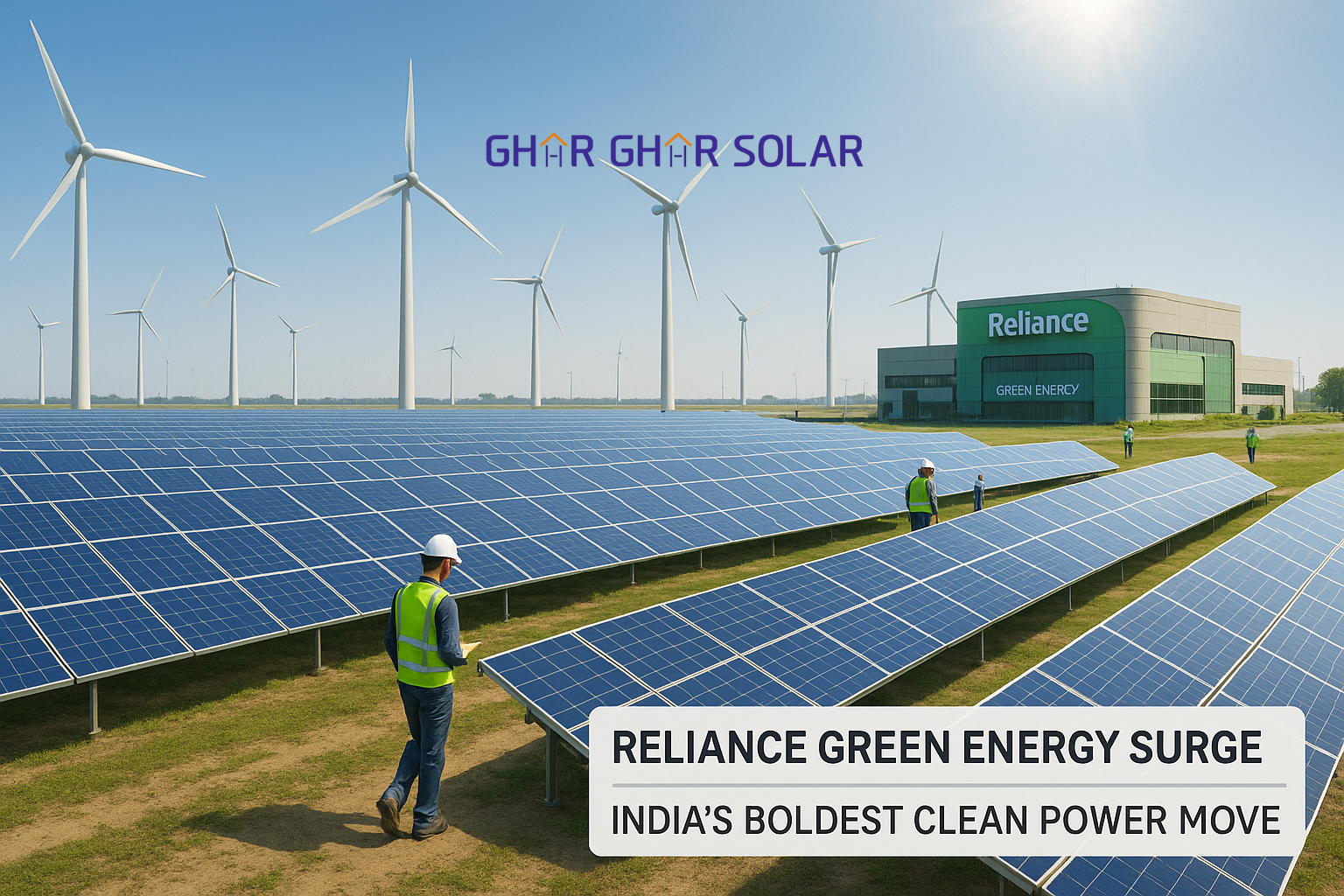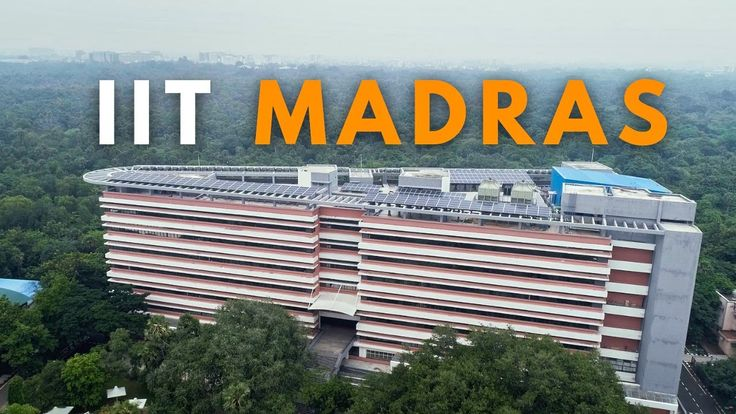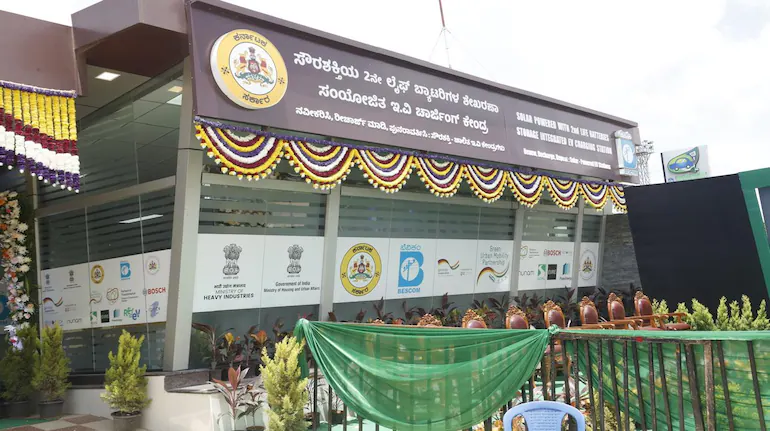Reliance Green Energy Expansion in High Gear: India’s Biggest Clean Power Bet
As the world is already in a fast-moving trend of switching to renewable energy, Reliance Industries are not only playing the catch-up but are ahead of the game. With the ₹75,000 crore (~$10 billion) promise in hand, the green energy push in Reliance will now officially be in full swing, as one of the most dramatic clean energy shifts ever realized by an Indian conglomerate is about to happen. [Reuters: analyst optimism]
This audacious metamorphosis has got the Dhirubhai Ambani Green Energy Giga Complex in Jamnagar, Gujarat, at its center. The complex of more than 5,000 acres is planned to be the manufacturing center of solar modules and batteries, electrolyzers and fuel cells, and all the other essential elements of the transition to net-zero. [Business Standard: gigafactories plan]
Solar Power at Scale
The solar mission of Reliance has just got traction when it launched its first solar photovoltaic module production line. The company wants to ramp this up to a staggering peak of 20 GW of solar panel output per year by 2027, making it one of the biggest non‑Chinese solar producers anywhere in the world. [Fortune India: solar PV targets]
This corresponds closely with India's broader roadmap—having already met half of its installed renewable capacity five years earlier than planned. Reliance aims to contribute 100 GW towards the national goal by 2030.
Batteries & Hydrogen: The Future of Clean Energy
Reliance is not limiting itself to solar though. It is also developing a vertically integrated battery ecosystem aimed at achieving 5 GWh capacity by 2024, and plans to scale up to 50 GWh by 2027. These battery packs will help stabilize the grid and enable large-scale electric mobility.
Of equal importance is its green hydrogen push. In partnership with Denmark’s Stiesdal A/S (and Norway’s Nel ASA), Reliance plans to manufacture electrolyzers in Gujarat—likely operational by 2026. These systems will enable generation of clean hydrogen fuel for decarbonizing industries like steel, cement, and heavy transport. [Live Mint: Stiesdal partnership]
Building Self-Reliance with Gigafactories
The strongest aspect of the plan is that it is fully integrated. Every component—from raw materials to final systems and software—will be manufactured in-house within the Giga Complex. This end‑to‑end control promises better quality, lower costs, and resilience against global supply shocks. [Wikipedia: project overview]
Analyst Confidence & Market Value
Reliance’s green energy unit has drawn strong analyst backing. Firms like Jefferies and Emkay Global value the segment between USD 17–26 billion, with long-term potential to rival or even surpass the oil-to-chemicals (O2C) core business. [Reuters: valuation estimates]
Plans are underway to make this division self‑sustaining within 4–6 quarters—emulating earlier strategic exits via IPOs in Jio and Retail.
Risks on the Horizon
Despite optimism, challenges remain. U.S. solar manufacturers are lobbying for tariffs on Indian-made modules, which could impact Reliance’s export strategy and pricing. Delays in IPOs of Reliance’s telecom and retail segments raise questions on investor exits and timing. [Reuters: trade policy risks]
However, Reliance’s domestic-first approach and supportive government policies offer buffers against many of these risks.
A Green Future, Made in India
It is high time that Reliance gets aggressive in clean energy. With the rollout of gigafactories in solar, storage, and hydrogen, Reliance is not just scaling; it is transforming India into a cleaner, smarter, and more energy-independent nation.



